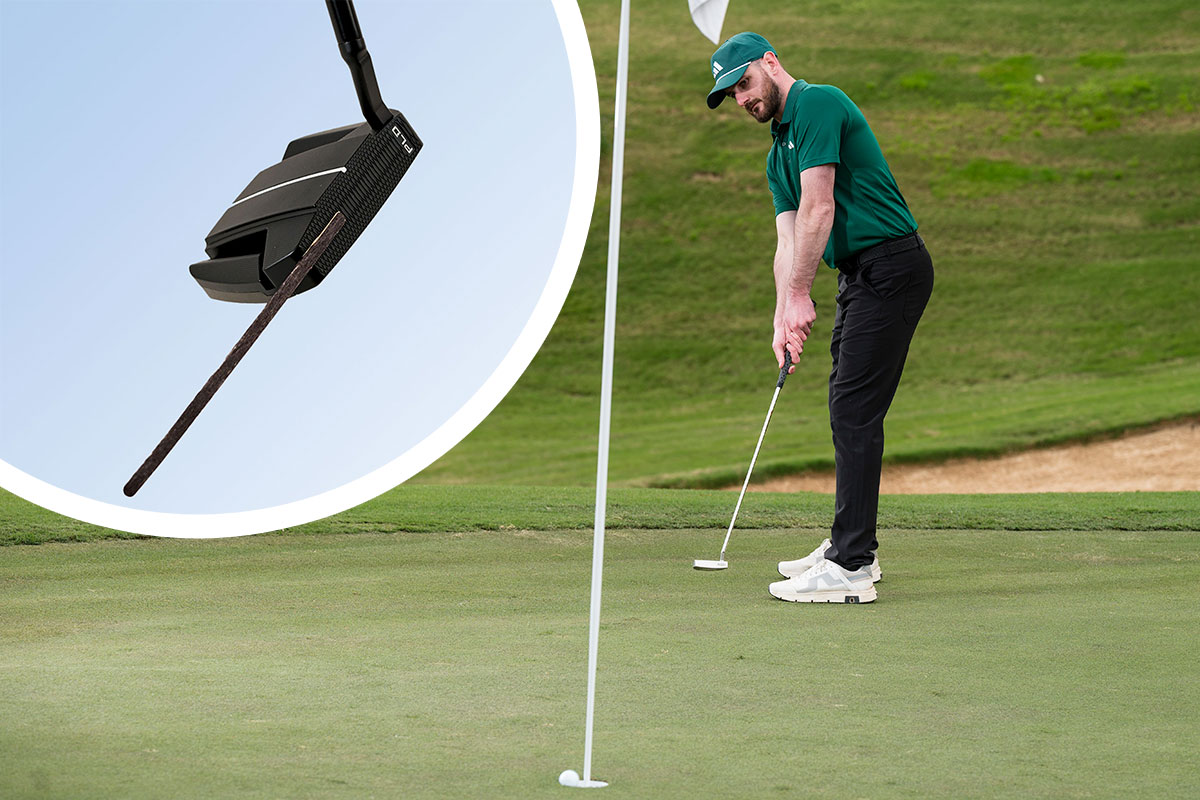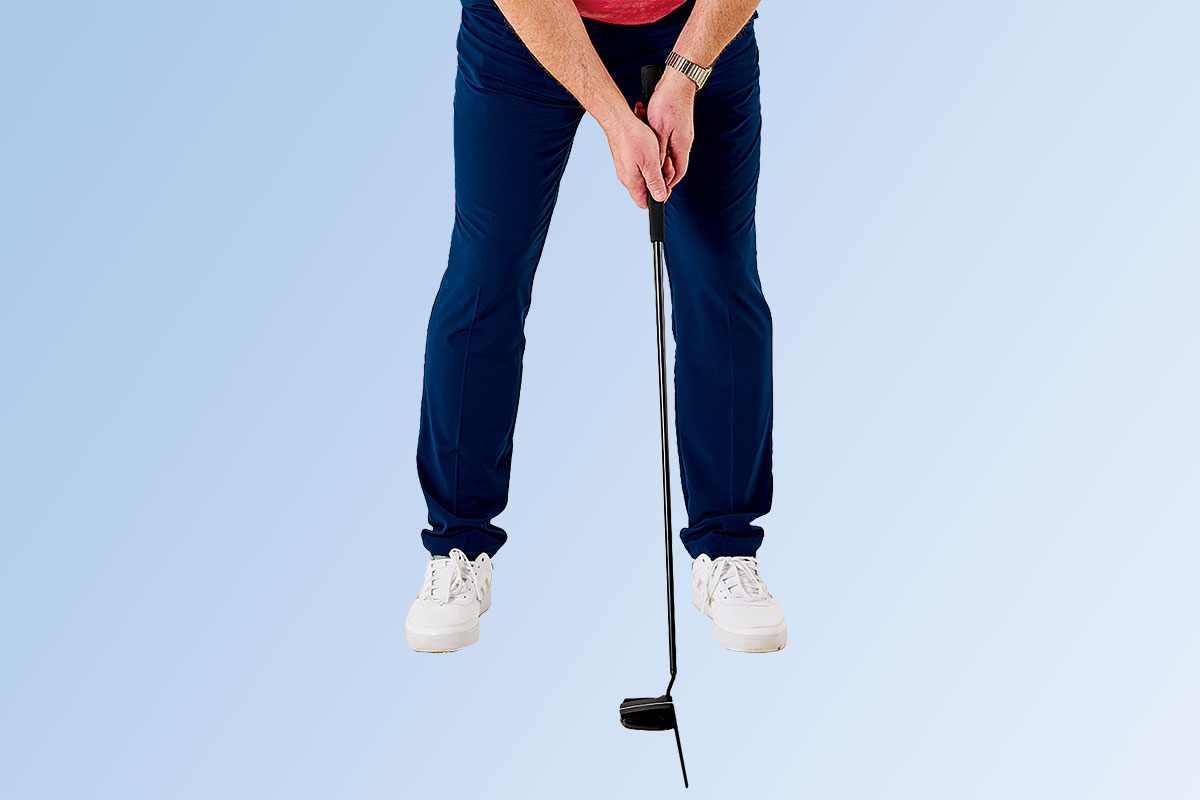
Perfecting your putting stroke could be the key to unlocking lower scores and reducing your handicap in the 2025 season, and it couldn't be simpler thanks to a common everyday item.
When working on your putting technique, there are a number of factors that can help to yield positive results.
Clearly, having one of the best putters on the market is great place to start, but putting time into putting drills away from the course will also be hugely beneficial to your game.
So, the next time you head to the practice putting green, be sure to pop inside to the clubhouse bar first and grab yourself a very basic but effective putting aid... a coffee stirrer.
Perfect Your Putting Stroke - PGA Professional Tips
Missing short putts is infuriating, especially for recreational golfers who often don’t know why they’re doing so. The most common miss I see when giving golf lessons to amateur golfers is a push, as many are thinking about the putting stroke going from straight to straight.
What typically happens then is that they lose the ability to keep the face perpendicular to the path; they try to keep it facing the target, often leading to an open-face push. Most people should have some form of an arc in their stroke.

I want you to stop focusing on where your path is coming from for a moment and remember that clubface is king.
Stick a coffee stick (stirrer) on your putter face, as I have done in the image above, and find a straight putt. In practice, this visual will help you to understand what’s going on with the face through the hitting zone.
The minute the face starts to rotate excessively, you’ll get a really good visual of it opening and closing. This should help you to quieten things down to a more manageable level.
Carrying on the stick theme, try sticking two on the clubface, one either side of the middle. Hitting the centre of any club should be a huge motivator, and setting those sticks only 15-20mm apart will help you to ‘aim small, miss small’.

The quieter the face can be, the easier it is to hole more putts by starting the ball on your chosen start line. However, there is a fine line between having too little and too much.
Get yourself a metre ruler and putt a ball along its length, trying at all times to start it on line and keep it rolling straight. One thing’s for sure – you’ll soon find out what your ‘miss’ is and this will encourage you to put in some work on your fundamentals.
FAQs
In this section, Golf Monthly's instruction writer Barry Plummer takes a few common reader questions relating to putting and shares the best advice from our range of the Top 50 Coaches in the UK.
As someone who writes about golf instruction every single day, Barry is able to confidently portray the wisdom of experts in the field, as well as things he has learned along the way in his own golfing journey, in order to help amateur golfers to play their best golf.
What is the best grip to use when putting?
When considering how to grip a putter, amateur golfers should try a range of different methods to see which best suits them and their game.
If a player has an overly dominant right hand in their stroke, the claw grip for putting would be a great option to try.
If you struggle to square your shoulders when putting, perhaps try the left hand low putting grip.
Ultimately, the best choice for one golfer will be different to the next, so have some fun trying them out on the practice green before settling on your preferred method.
How do I read a green when putting in golf?
This is a crucial skill for all players, whether you are a total beginner or an experience player, as misreading a putt can cause shots to quickly rack up on your scorecard.
Essentially, the goal is to look at the line between your ball and the hole - while assessing the slopes and conditions that might impact the path the ball will take.
Finding the high point of a putt is a good place to start, as matching your start line to get the ball to this point will improve your chances of avoiding three-putts.
Want to know more? Our helpful guide on how to read greens provides expert tips and drills to make you a master navigator of the slopes and contours of even the toughest putting surface.







